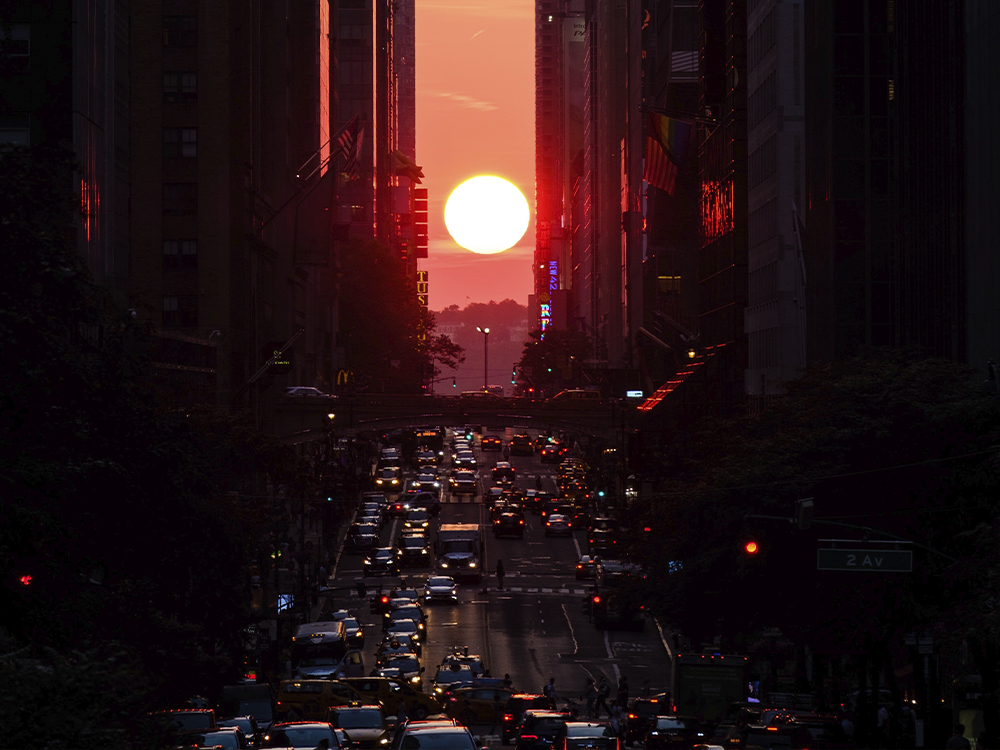Timely Topic: Why Do We (Still) Have Daylight Saving Time?
10.05.2020

When daylight saving time (DST) ends Nov. 1, most Americans will set back their clocks just as they have since the mid-1960s, when the current federal practices were implemented. While they gain an extra hour of sleep, they will also lose an hour of evening sunlight.
Dr. Thomas Gray, assistant professor of political science in the School of Economic, Political and Policy Sciences at The University of Texas at Dallas, has studied the political history of why DST exists and continues.
While the adoption and expansion of the policy was heavily debated in the 1960s, a strong opposition persists to the present day, Gray said.
“DST creates winners and losers, which explains its long, contentious history,” Gray said. “Many Americans, especially those in the business community, enjoy the later sunlight hours in the summer that better match leisure – and shopping – schedules. But farmers, parents of young school children, and other ‘early risers’ have long opposed the shift of sunlight away from their early-morning activity. And just about everyone has experienced the annoyance of the two annual time changes.”
So why not make DST last year-round? Or get rid of it altogether?
In a study published in 2019, Gray and his co-author analyzed the political economy of congressional vote choice on DST and found that local politics influence lawmakers’ positions on the issue more than party and ideology.
In September, U.S. Sen. Marco Rubio and U.S. Sen. Rick Scott, both of Florida, introduced legislation that would keep the country on DST through Nov. 7, 2021. By preventing the U.S. from “falling back” to standard time, Americans also would avoid changing clocks in March 2021 to “spring forward” into DST.
“The proposal by Sens. Rubio and Scott responds to local interest in Florida for year-round DST,” Gray said. “Florida’s state government has taken symbolic action in recent years toward this goal, but it needs congressional approval. While many interest groups have business-related motivations for this change, the senators’ appeal to the broader public targets a general annoyance at clock changing.”
While opposition has been consistent since DST was first introduced as a temporary energy-saving effort during World War I and World War II, that resistance has changed in character over the years, Gray said. In the early days, farmers led the opposition based on the practical effects of DST on their work.
Today that opposition is much more based on the inconvenience of changing times. Farmers are a much smaller and less powerful political group today than a century ago, while the annoyance at clock changes is shared across political groups.
“DST creates winners and losers, which explains its long, contentious history.”
– Dr. Thomas Gray, assistant professor of political science
Recent research published in the Journal of Politics by scholars from the University of Virginia and the University of Munich explores the effects of time variation, including DST, on Americans. The researchers found that changes in the alignment of a person’s schedule and sunlight hours impact behavior and might even change a person’s propensity to engage in politics and vote.
The call for eliminating DST may seem trivial during a major election season, amidst a global pandemic and with a Supreme Court seat being filled. However, Gray said, it is a good sign that politics remains local, and that politicians continue to do things – large and small – in the background to please their constituents and improve their chances of re-election.
Gray projected a more medium-term resolution to DST than the one offered by Sens. Rubio and Scott.
“I don’t expect that this will succeed right now,” he said. “It remains a Florida-driven proposal amidst momentous other events. However, I would not be surprised if a larger coalition of states works out a solution over the next decade to move us away from our current system of time-changing, which appears to be increasingly aggravating to the public, to one constant system.”
–Brittany Magelssen
Note to journalists: Dr. Thomas Gray is available for news media interviews. Contact Brittany Magelssen, 972-883-4357, [email protected].



